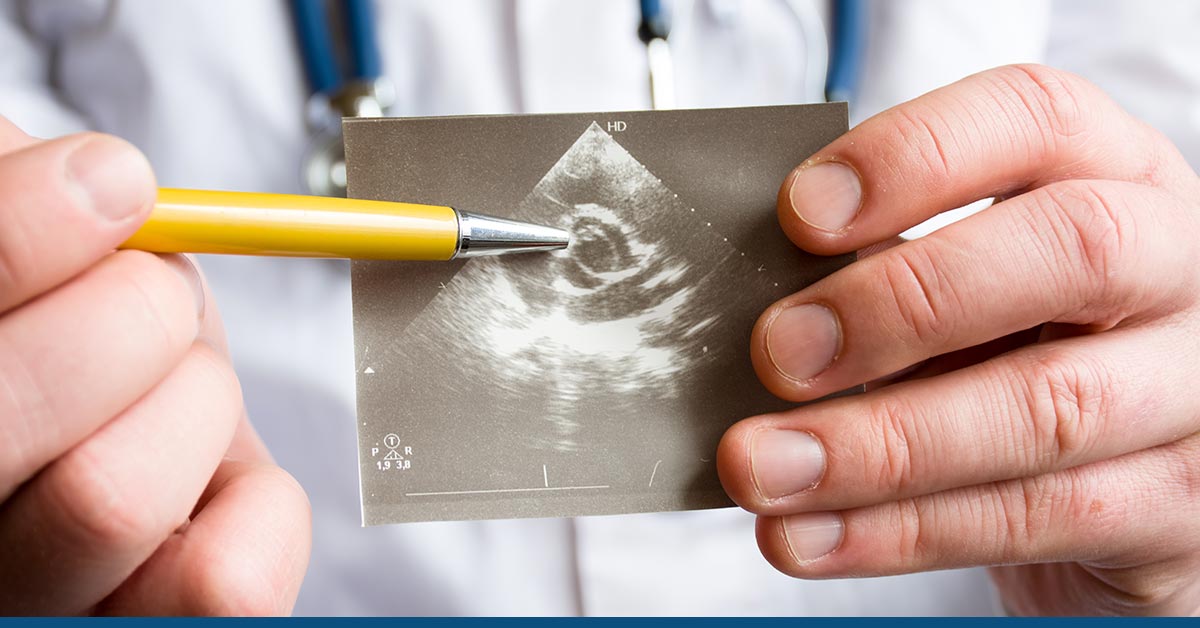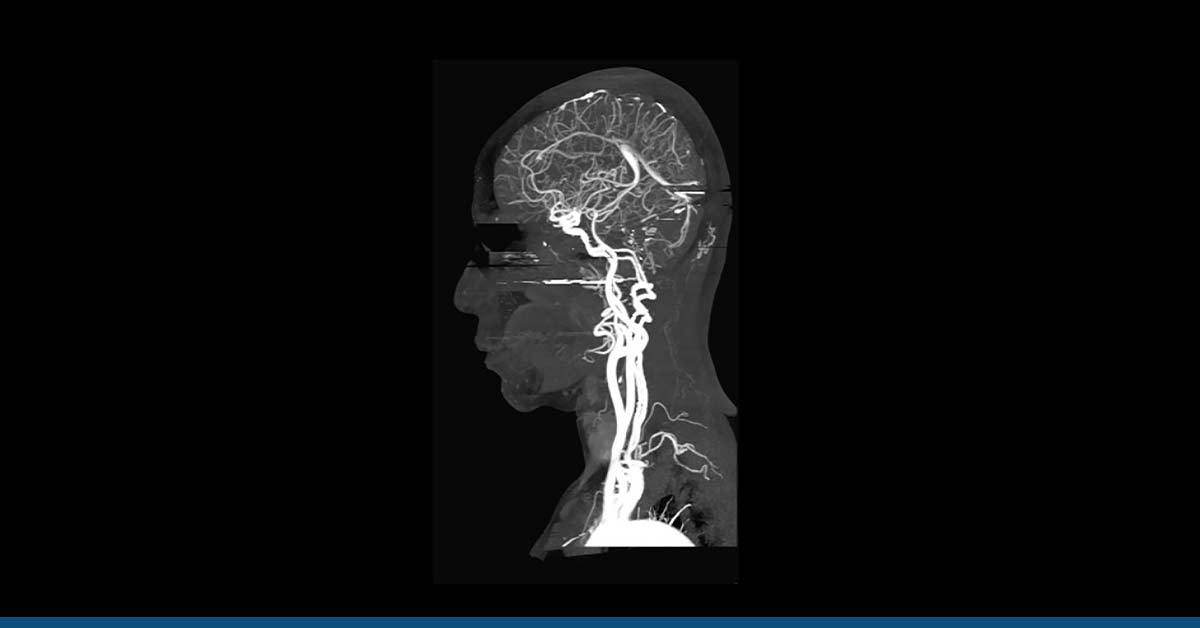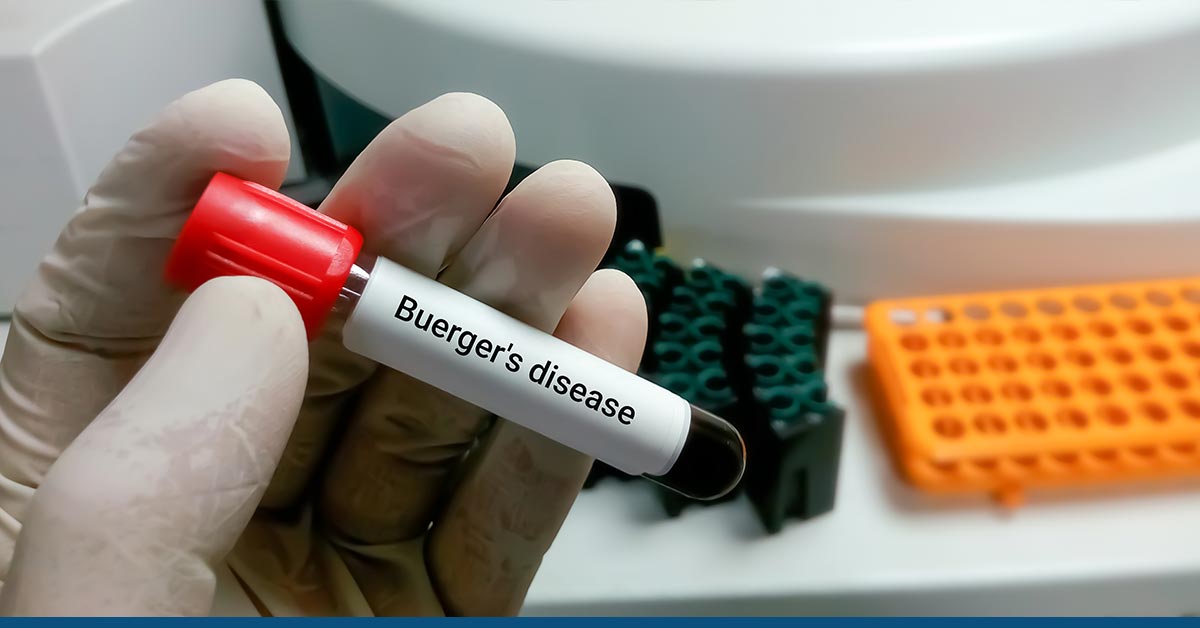A macular hole is a small hole in the retina in the macula. This part of the retina is responsible for central vision, which is why a hole in the macular region can affect your vision. A macular hole can lead to blurred or distorted vision and may cause problems with reading small print.
A macular hole is a tiny, dark spot in the center of the vision. While it can be debilitating and lead to total blindness, there are some options for treating this eye problem. Surgery is one of these options. However, there are risks associated with surgery, and it may not necessarily restore normal vision. Macular holes typically affect people over the age of 60 and 72% of people suffering from macular holes are women. This article will discuss the signs and symptoms of this eye condition, macular hole stages, and the options for treatment.
Table of Contents
ToggleStages of Macular Hole Development
There are several stages of macular hole development. Stage 1 is characterized by a hole that is smaller than the diameter of the macula. Stage 2 is characterized by a partial thickness opening of the hole. In stage 3, the hole may be as large as a third of the disc, with vision declining to 20/200 or worse. The hole is usually surrounded by gray drusen-like deposits. A posterior vitreous tear can also be a contributor to macular hole development. A patient with stage 1 macular hole may also develop a hole in the other eye.
Macular holes are often detected using optical coherence tomography (OCT) scans. The OCT scan allows physicians to see inside the eye and look at the macula. Damage to this part of the retina will not affect peripheral or central vision. After this test, an ophthalmologist may dilate the pupils and examine the retina. Two common diagnostic tests used to diagnose macular hole include fluorescein angiography and optical coherence tomography. These tests are most helpful in determining if you have a macular hole and the macular hole stages.
2nd and 3rd stages of macular hole contain large cystic spaces in both the inner and outer retina. The hole’s edges tend to be elevated. A yellow spot on the retina can be caused by foveolar detachment of the outer segment tip line.
The aging process can also cause macular holes. These holes typically develop in people over 60. Although macular holes are associated with aging, they can also develop because of a prolonged swelling of the macula. The severity of macular holes varies greatly, and most people will experience significant vision loss over time. If left untreated, a macular hole may even lead to a permanent loss of vision. However, treatment is available for both stages of macular hole.
A small macular hole might heal without treatment.
Symptoms
The symptoms include distortion of central vision, problems reading, and fading vision. It is important to visit an ophthalmologist if you have new vision problems or suspect a macular hole. The doctor will perform a dilated eye examination to determine the stage of the macular hole and the cause of your symptoms including pupil size and eye pressure. A retinal imaging test will also be performed to take a picture of the central retina hole. If a diagnosis is confirmed, the ophthalmologist will discuss the findings and discuss treatment options with you.
Other symptoms of the macular hole can include a sudden reduction in visual clarity or the appearance of a dark spot in the center of your field of vision. Fortunately, these symptoms usually occur in one eye. Only a few people experience both types of symptoms.
Treatment
Surgery
Surgical treatment for macular hole is an effective way to close a macular hole. Surgical repair of macular hole is successful in 90-95% of cases. Treatment is most effective for smaller holes or during the initial stages of the macular hole. The surgery, called vitrectomy, removes the vitreous gel inside the eye. The gel is then replaced by natural eye fluid.
Procedure
There are several different procedures for macular hole treatment. During the first phase, the hole is positioned in an inverted position. During the second stage, it is positioned in an upright position. Both stages are associated with similar risks. The outcome of a macular hole treatment depends on several factors, including the size and age of the macular hole. The surgeon’s skills, the type of macular hole, and pre-existing eye diseases are considered.
- The First Stage
The first stage of macular hole treatment entails the removal of the damaged macular tissue and replacing it with air. The bubble will gradually dissolve into the eye. After surgery, the patient is required to take antibiotics and eye drops for two to three weeks. There is a 1% chance of retinal tear. In severe cases, this may result in retinal detachment or other complications. A further surgery may be necessary to correct the macular hole and save the patient’s vision.
- The Second Stage
The next stage of macular hole treatment is vitrectomy. Vitrectomy removes the vitreous gel that pulls on the retina. It also allows for the placement of a gas bubble inside the eye that puts pressure on the macular hole. A small amount of scar tissue may be left behind. This procedure is recommended only for those who have experienced severe vision loss due to macular holes. When it is performed in the early stages, it has a better chance of restoring vision.
- Treatment via Drugs
The standard treatment for macular hole is a daily regimen that includes three drugs. This regimen is FDA-approved and is routinely used for many other eye conditions. The three medications are prednisolone, ketorolac, and bromfenac. These are usually administered over two to eight weeks. In the case of small holes, a medicated eye drop may be sufficient.
Risks and Recovery time
You can expect it to take anywhere from a week to a few months. Recovery time for macular hole surgery is very similar to that of other eye surgeries, including cataract surgery. The procedure itself takes about 30 minutes, but you can expect to lose some vision during the first few days. However, the recovery time is shorter than for other eye surgeries.
One of the biggest risks after macular hole surgery is a gas bubble that can press against the macula. To minimize this risk, the patient is advised to rest their face down for the first two to three days after the procedure. The doctor may recommend avoiding activities like flying or scuba diving for at least two weeks following macular hole surgery. The patient should wear an eye shield when sleeping. The surgeon will also give you postoperative eye drops that must be used for a couple of weeks.
The recovery time for macular hole surgery varies, from three months to a year. The visual outcome after macular hole surgery depends on the anatomic characteristics of the macular hole and its size. Those with fresh macular holes have a very high visual success rate, while those with older, larger macular holes may not see any improvement. The majority of patients recover their vision after macular hole surgery. If the macular hole does not close after the first attempt, it will need to be fixed again, which results in a lower surgical and visual success rate.
Risks of Surgery
Despite a high success rate, macular hole surgery comes with risk. Symptoms may include temporary blurred vision, pain, and cataract progression. There is also a small risk of retinal detachment, although this is rare. Flying while a gas bubble is inside your eye after the surgery is not a good idea. In such cases, you may need a second operation, which offers a 70% chance of the hole closing. If your macular hole continues to deteriorate, your doctor may recommend the use of an injection called ocriplasmin (Jutera).
Prevention
Patients are recommended to undergo regular eye exams to ensure that they do not develop a macular hole. Those who wear corrective lenses have an increased risk of developing a macular hole. Patients should also have regular checkups to ensure that there are no changes in their risk factors. Other diseases, like HIV/AIDS, can increase the risk of macular hole development. The presence of diseases that weaken the immune system can also increase the risk of developing macular hole.
If you think you have any of the above symptoms, contact HG Analytics at your earliest and get a 90-minute preventive screening for the stage of macular hole before your condition progresses.





